FOUNDATIONS REVEALED COMPETITION ENTRY

The Death Linens of Julia
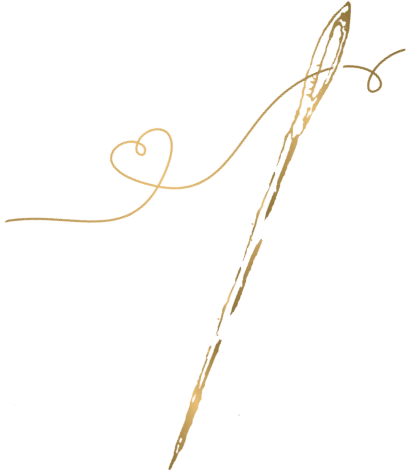
Outline the story …
Julia is the tragic heroine of an 18th century Dutch novel by the same name, written by Rhijnvis Feith. Julia meets Eduard and they fall deeply in love. Eduard is a good man with good intentions, unlike mischievous scoundrels in 18th century novels such as the libertine Robert Lovelace in Samuel Richardson’s novel Clarissa. However Julia’s father strangely forbids the pair to be married. Because Julia fears she cannot see Eduard without ‘committing sin’ (having unmarried sex), Eduard goes on a trip around the world, leaving Julia to pine after him. Then one day Eduard receives a letter from Julia telling him that her father has changed his mind. Speedily he returns home to the Netherlands, only to find that Julia lies cold in her grave. There he sits patiently for the rest of his life (suicide being no option because in hell he would eternally be separated from Julia in heaven). Eventually Eduard does die, right on top of Julia’s grave.
Julia would have worn ‘death linens’ in her grave, ‘doodgoed’ in Dutch. These were garments specially sewn and separately kept to be worn after death, made from modest ‘disposable’ materials. When I learned about death linens, I was curious to know what they looked like. They proved impossible to research since they were literally buried. Some death linens that were miraculously preserved are plane to the extreme, downright ugly - I imagine these were kept for charity, for helping out the destitute and the homeless.
Outline the construction…
I designed a set of death linens for Julia, to be a beautiful bride for Eduard even though she could not wear silks, chintz, laces and diamonds. I made the set from linnen, the cheapest material in Julia’s time, and after the ruling fashions in The Netherlands in 1783. I made a chemise, an underskirt, an apron (no decent Dutch woman went without) and a ‘hul’ (simple Dutch lace cap). In addition I made Julia a pair of quilted slippers and two pieces of ribbon made from scraps to wear around her waist and in front of her breasts - real such ribbons were elaborately embroidered and much appreciated, and would have been given to a loved one.
I used eighteenth century patterns and construction techniques, though I did use the sewing machine for ‘french-hemming’. The level of sewing is easy, there is no tailoring involved and the patterns are basically rectangles. The ‘hul’ (cap) I made completely by hand, using a special 18th century technique called ‘krielen’ in Dutch, minuscule double rolled hem for attaching lace to plain fabric. The chemise is decorated with beads and embroidery in the front. The sleeves of the chemise are made from an old skirt I found at the Salvation Army store and that I cut in two.
I model the death linens on myself (the only model available in lockdown). I try to be as ‘Julia-esk’ as I can, pining for my lover who weeps on my grave.

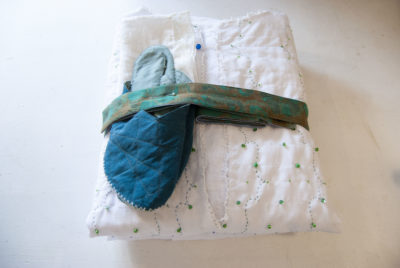

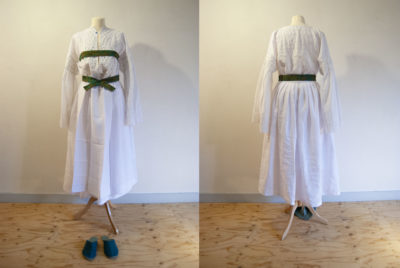
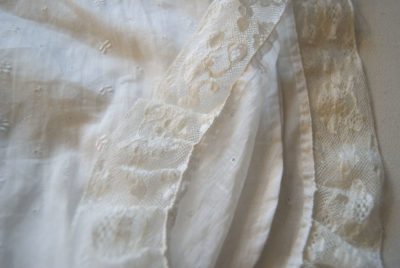
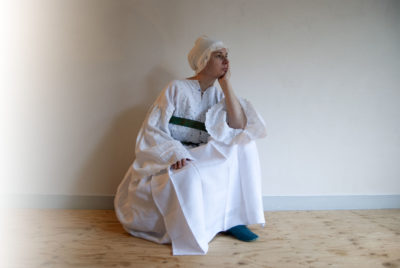
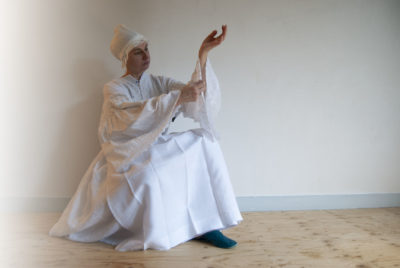
This is an amazing tail and amazing work. The attention to hand sewing techniques is wonderful. I love the little bits of green embroidery and beads on the bodice. Beautifully executed.
How interesting, the garments we never get to see because they all got buried. Your pleats and beadwork detail are lovely! And appropriately mournful… at least this Julia gets to wear a beautiful outfit while she waits.
Death linens? What an idea – and the result looks so good. They are beautiful.
The details are so delicate! I love the whole look, great job❤
I love this story better than Romeo and Juliet. Beautiful story and clothes. You did amazing job!
That is so minimal, but still tells the story. Beautiful.
Simple and yet not. I love the story and the history behind this and feel your garments portray the death linens but also an ethereal wedding outfit too. The embroidery and green beads are beautiful. I was so interested in the knife creases in the apron – is this a Dutch tradition?
Researching death linens and burial garments sounds like a really fascinating research hole to fall into!! I really love the exquisite details you’ve added to these – the beads and embroidery and lace create beautiful depth and dimension to the ensemble without making it busy or too fancy. Great work – thank you for sharing!